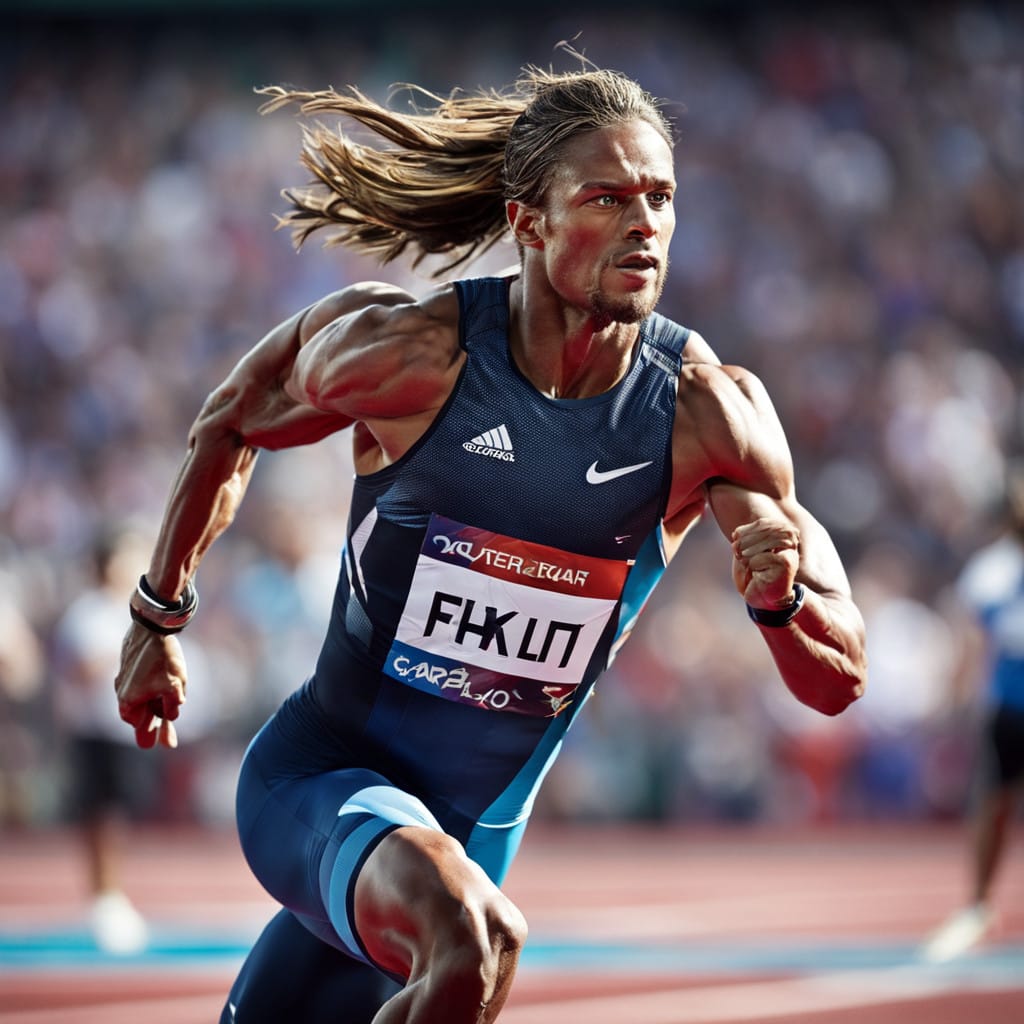
The Half Marathon: A Journey of Endurance and Community
The half marathon has grown into one of the most popular athletic events in the world. Combining the challenge of endurance with the spirit of community, this 13.1-mile race attracts millions of participants every year. Its appeal lies in its accessibility for amateur runners and its potential for professional athletes to showcase their skill. By exploring its origin, global reach, and societal impact, we can understand why it continues to inspire runners everywhere.
The Origin and History of the Half Marathon
It has its roots in the ancient Olympic Games. Long-distance running gained prominence through the legendary story of Pheidippides, a Greek messenger. According to legend, he ran from the battlefield of Marathon to Athens, a distance of approximately 26 miles, to deliver news of victory.
The full marathon was established in the modern Olympic Games in 1896, honoring this tale. The half marathon, however, emerged much later as a middle-ground event. It offered runners a more approachable yet still challenging distance. Its exact origins are debated, but its rise in popularity began in the late 20th century. As road running events gained traction, it became a staple in racing calendars worldwide.
Global Popularity of the Half Marathon
The half marathon is now a truly global phenomenon. Cities across the world host annual events, drawing participants from diverse backgrounds. These races are often paired with cultural festivals, charity fundraisers, or community celebrations, further boosting their appeal.
In the United States, races like the Rock ‘n’ Roll Half Marathon series bring music and entertainment to the course. Europe boasts iconic events like the Great North Run in England and the Roma-Ostia Half Marathon in Italy. In Asia, the Standard Chartered Singapore Half Marathon attracts international runners seeking a tropical challenge. Africa, home to some of the world’s fastest runners, holds renowned events such as the Two Oceans Half Marathon in South Africa.
The sport’s growth has been fueled by its inclusivity. Unlike full marathons, which require extensive training, half marathons are achievable for many recreational runners. This accessibility has contributed to a surge in participation, particularly among first-time racers.
How Amateur Half Marathons Are Played Worldwide
Amateur half marathons are central to the sport’s widespread appeal. These events cater to runners of all abilities, from beginners to seasoned athletes. Organizers often include training programs to help participants prepare. These programs build endurance gradually, making the event less intimidating for newcomers.
Youth participation is encouraged through school-based running programs. Many schools integrate shorter distances into their curriculum to build interest. Community initiatives, like park runs or charity walks, also act as stepping stones to the half marathon. In some countries, youth leagues organize 10K events, providing a natural progression to the half marathon.
Families often participate together, fostering a sense of togetherness. Additionally, corporate teams frequently join to promote wellness and teamwork among employees. These amateur races often emphasize fun and achievement over competition, ensuring a positive experience for all.
Professional Half Marathon Leagues
On the professional stage, half marathons attract elite runners and lucrative sponsorships. Organizations like World Athletics oversee the classification of major races. The World Half Marathon Championships, held biennially, showcases top talent from around the globe.
In addition to international events, regional races hold significant prestige. In the United States, the Houston Half Marathon is a key race in the professional circuit. The Ras Al Khaimah Half Marathon in the UAE is known for its fast course and high prize money. Kenyan and Ethiopian athletes often dominate these competitions, demonstrating their prowess in long-distance running.
Sponsorship deals and television coverage have further elevated the sport’s status. Companies like Nike, Adidas, and Asics invest heavily in these events, supporting both athletes and race organizers. This financial backing ensures professional leagues remain competitive and attract global audiences.
Political and Social Significance of the Half Marathon
It holds considerable social and political importance. It often serves as a platform for raising awareness about critical issues. Charity-driven races, for instance, generate millions of dollars for causes like cancer research, education, and disaster relief.
Politically, half marathons can unite communities during times of division. In countries recovering from conflict, running events have acted as symbols of reconciliation and peace. For example, races in post-apartheid South Africa have brought diverse groups together in shared celebration.
Moreover, the sport promotes health and wellness, addressing global concerns like obesity and mental health. Governments and NGOs frequently partner with race organizers to encourage participation. This collaboration underscores the half marathon’s role as more than just a sporting event.
Rules of the Half Marathon
The half marathon follows straightforward rules, ensuring fairness and safety. Participants must cover 13.1 miles (21.1 kilometers) within a specified time limit. Time limits vary by race but typically range from three to four hours.
Runners are assigned bib numbers, which must be visible at all times. Start times are often staggered, with elite athletes starting first, followed by recreational runners. Aid stations along the course provide water, energy drinks, and medical assistance.
Courses must be certified by governing bodies to ensure accuracy in distance. Cutting the course, using unauthorized transportation, or interfering with other runners results in disqualification. Additionally, many races prohibit the use of headphones for safety reasons, though this rule is becoming less common.
Training and preparation play a crucial role in adhering to these rules. Runners must pace themselves wisely, stay hydrated, and listen to their bodies. By respecting the rules, participants contribute to the integrity and enjoyment of the sport.
Conclusion
The half marathon embodies a blend of personal challenge, community spirit, and global connection. Its rich history and widespread popularity highlight its enduring appeal. From amateur enthusiasts to elite professionals, runners embrace it for its ability to inspire and unite. Whether for health, competition, or camaraderie, the half marathon continues to leave a lasting impact on individuals and societies alike.




